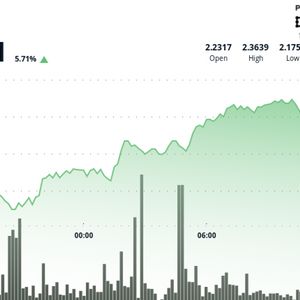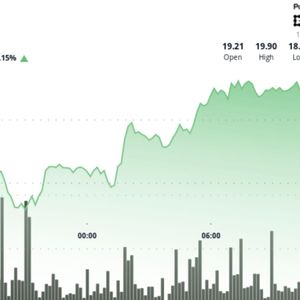Get Ready for 5% Yields: Why Real Assets Matter More Than Ever
2 min read
We’re entering a new era of persistent monetary inflation , and traditional investment strategies like the 60/40 model (stocks and bonds) may no longer work. According to financial expert Michael Howell, the key to surviving and thriving in this environment is understanding the bond market and its signals. So far in 2025, markets have been volatile. The S&P has swung from 6,100 to 4,800 and back, while Germany’s DAX and the UK’s FTSE are near record highs. However, the real story is unfolding in the bond market, where yields are rising globally , not just in the U.S. This signals investor concern over future inflation and growing debt burdens. One major issue: the U.S. is sitting on $37 trillion in debt, with over $10 trillion needing refinancing this year. Efforts to control this through short-term borrowing may help in the near term but risk stoking long-term inflation. Charts presented by Howell show a disturbing trend: the cost of funding is going up, liquidity is shrinking, and debt is growing faster than the available money to roll it over. This mismatch has historical parallels. Howell cites that in 5,000 years of recorded interest rate history, near-zero rates were a rare and unsustainable anomaly. The return to “normal” could mean long-term yields of around 5% , or even more. Add in global risks—like Japan and Europe also shifting to short-term borrowing—and it’s clear that monetary inflation isn’t just an American problem. The outcome? Investors need to protect their wealth with real, scarce assets . Howell recommends Bitcoin, gold, top-tier residential real estate, and high-quality stocks with pricing power. These assets can hold or grow their value when central banks pump more liquidity into the system. And don’t expect rate cuts soon. The Federal Reserve is stuck between slowing inflation and not crashing the economy. With inflation still hitting consumers hard—especially food and housing—many central banks are holding steady or even considering raising rates again. The bottom line: the world is adjusting to higher rates, tighter liquidity, and soaring debt. To keep up, portfolios must shift too.

Source: Coinpaprika






